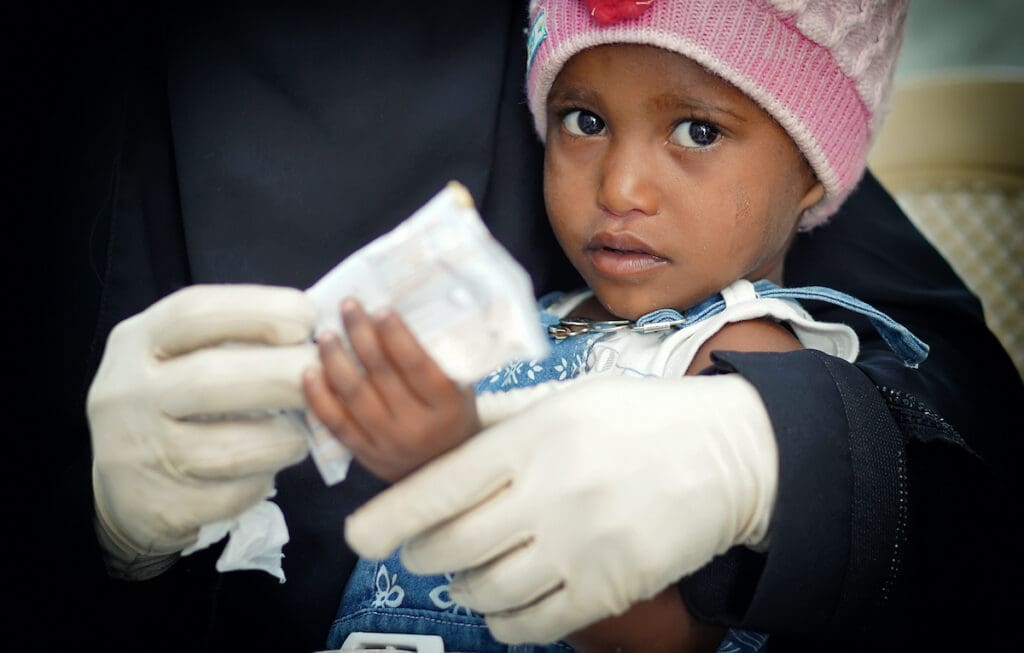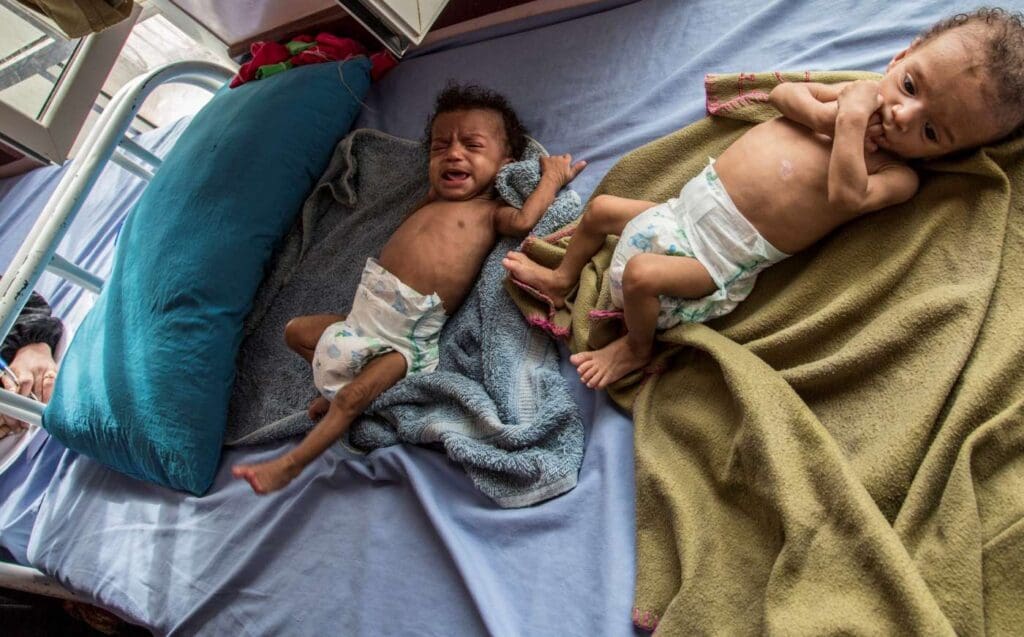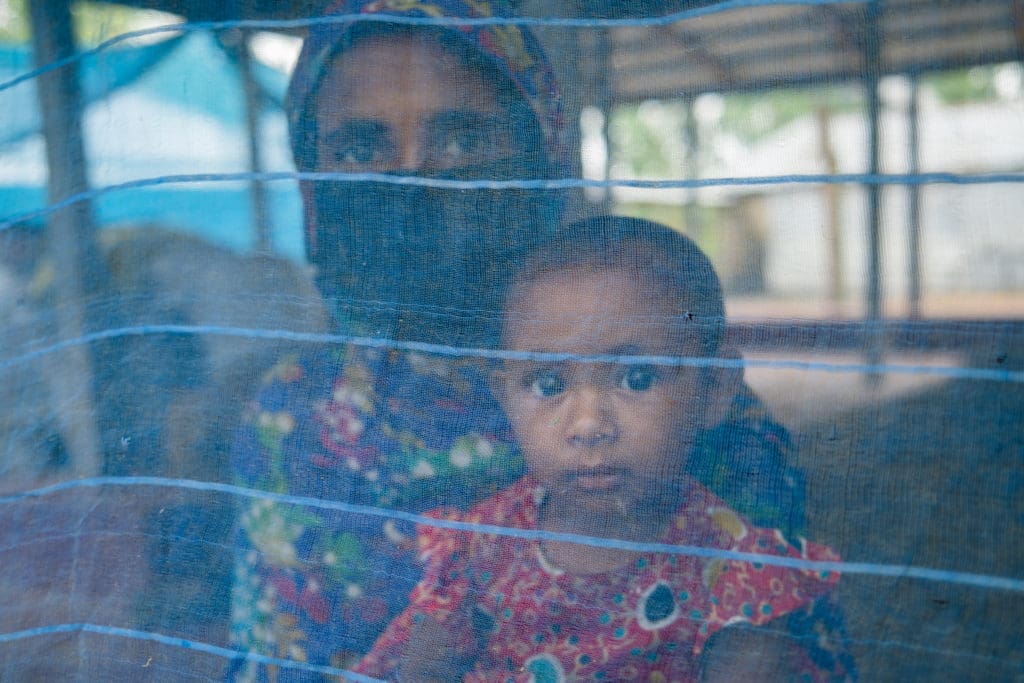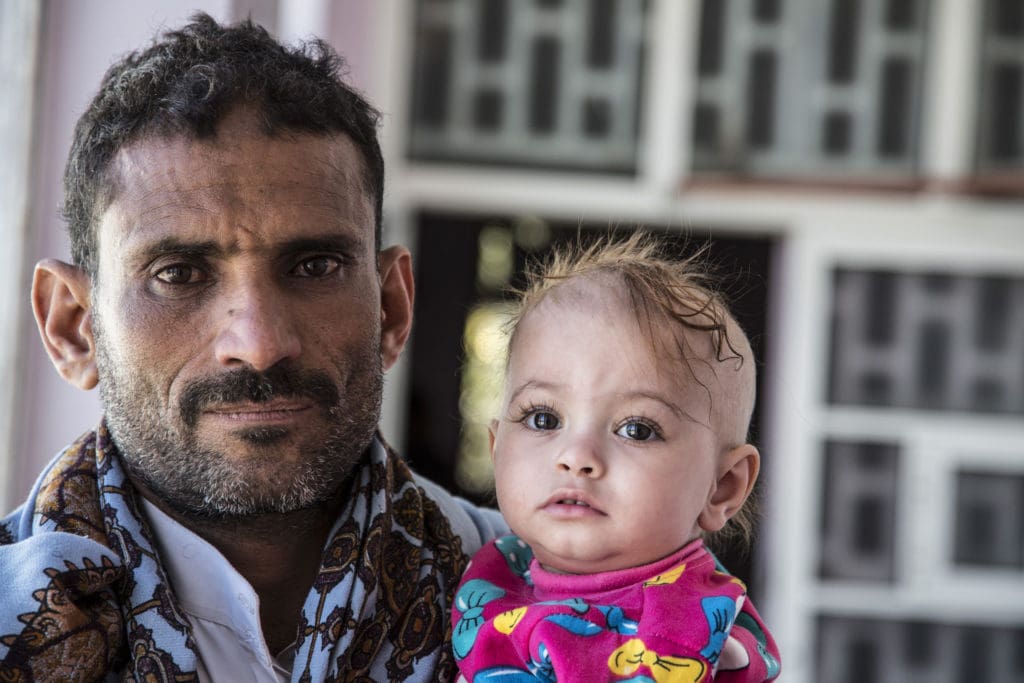The Number of Hungry Children on the Planet Keeps Rising: Here’s a Deep Dive Into What That Means

Across the globe, human beings are increasingly on the brink of starvation, pushed there by conflict, displacement, natural disasters and economic collapse. That growing hunger impacts and devastates children the most, sending painful shockwaves across communities and generations. Our latest report, Early Childhood Malnutrition and Humanitarian Emergencies, details how we got here, and the crucial work the United Nations World Food Programme (WFP) is doing to turn back this dangerous tide.
What Childhood Hunger Looks Like
Malnutrition hurts everyone, but it’s especially brutal for children. Imbalanced nutrition inhibits a child’s mental and physical development, often dashing their chances of reaching their full potential.
In low-income countries, or those suffering from humanitarian crises, nutrient-dense foods are often too expensive for families to afford or impossible to find. Without access to healthy food, these kids are much more vulnerable to infection and disease. In fact, malnourishment is the leading cause of death among children under the age of five. And, for those who survive, many face lifelong consequences.
Malnutrition permanently affects brain development, immunity and health, and increases the likelihood of diseases later in life. Undernourished kids are also more likely to struggle socially and achieve less in school.

6-month-old twins awaiting malnutrition treatment at the Aslem maternal hospital in Yemen.
Those Crucial First 1,000 Days
You’ll hear us talk a lot about the first 1,000 days of a child’s life. Why? That window of life, from pregnancy to a child’s second birthday, deeply impacts their future health and prosperity. A lack of healthy food during that time can permanently damage their physical and mental development. The first 1,000 days shape a child’s destiny.
But the need for proper nutrition doesn’t end when a child reaches their second year of life. In fact, we’re understanding more and more the importance of the first 7,000 days, or 20 years, of a child’s journey to adulthood. This is why school meals are so very important. Our school feeding programs create a transformative link between education and food security and help keep kids – especially girls – in school.
Last year, we were able to reach 10.3 million children with programs designed to prevent and treat malnutrition and 6.3 million women of reproductive age.

Haushi and her young daughter Jharna were forced from their home in Myanmar. They’re now just a few of the nearly 900,000 refugees who rely on WFP to survive in Cox’s Bazar, Bangladesh.
Conflict and Kids
What about kids living through war? Children in conflict zones are painfully vulnerable and disproportionately affected by the scourge of violence.
A child living in a conflict zone is more than twice as likely to suffer from malnourishment than one living in peace. In fact, four out of every five stunted children today live in countries affected by war.
It’s the single largest driver of hunger today: More than half of the world’s chronically hungry people live in countries affected by violence and conflict. Conflict disrupts markets, destroys critical infrastructure and forces families from their homes. Children in war-torn countries are also more than twice as likely to be out of school.
We’re working to distribute food, provide emergency nutrition, deliver school meals and rebuild infrastructure in conflict zones around the world.

A father holds his baby girl, waiting for malnutrition treatment outside a health center. Her hair loss is a classic symptom of severe hunger.
Living Through a Pandemic
Every major outbreak in recent memory – Ebola, SARS, MERS – has had devastating impacts on food security. COVID-19 is no exception.
“I want to stress that we are not only facing a global health pandemic, but also a global humanitarian catastrophe,” warned U.N. World Food Programme Executive Director David Beasley in April this year. “Millions of civilians living in conflict-scarred nations, including many women and children, face being pushed to the brink of starvation, with the specter of famine a very real and dangerous possibility.”
The pandemic could increase the number of acutely food insecure people in the world by 80 percent – to 270 million – before the end of 2020.
Socio-economic impacts like rising unemployment and the cost of food are making the poor poorer and the hungry hungrier. Children are paying the heaviest price, with an additional 6.7 million kids succumbing to severe malnutrition, which could lead to an additional 10,000 child hunger-related deaths each month.
It’s also keeping kids from their school meals. For many poor families, the value of a meal in school is equivalent to about 10 percent of a household’s monthly income. School closings have dealt a considerable blow to many families living on the edge, but we’re scaling up our efforts globally, finding ways to keep kids fed with take-home rations even with classrooms closed.
Our Purpose
With their crushing impact on infants and children, today’s humanitarian crises – from conflict to natural disasters to pandemics – threaten to cast shadows that will last for generations. It is critical that, across the globe, we come together to fight back against childhood malnutrition. Reaching vulnerable mothers and children with lifesaving and life-changing assistance now, before it’s too late, is key to shaping our own collective push for a better world.
You can read the full report here and donate here to help us keep more kids from sliding deeper into hunger.




